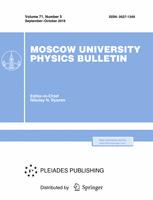The results of field measurements data processing of the sound field vector-phase structure are presented. The data was obtained during the experiment at the hydroacoustic polygon of Moscow State University in the summer of 2018, in which two separated in space combined receiving modules, containing a sound pressure receiver and a vector receiver, have recorded a noise field in the presence of an active shipping. On the basis of synchronized pressure recordings and three mutually orthogonal projections of the oscillatory velocity, the spatial anisotropy and decay of the noise field are estimated. Additionally, the bearing values for the passing vessel as a sound source are estimated. The obtained results are used for experimental approbation of the algorithm, which allows to reconstruct the mutual orientation of the vector receiver channels installed at the bottom of the water area in different geographical points. The proposed approach allows us to simplify the technical side of conducting experiments with spaced combined receiver modules, since it does not require additional procedures to control the orientation of the vector receiver channels when they are installed on the bottom of the water area. The results obtained can be used in constructing the schemes of passive tomography of shallow seas, with simplified requirements for their practical implementation.
43.58.+z Acoustical measurements and instrumentation
$^1$Moscow State University, Physics Faculty, chair of Acoustics.\
$^2$Shirshov Oceanology Institute of the Russian Academy of Sciences\
$^3$The Schmidt Institute of Physics of the Earth of the Russian Academy of Sciences



